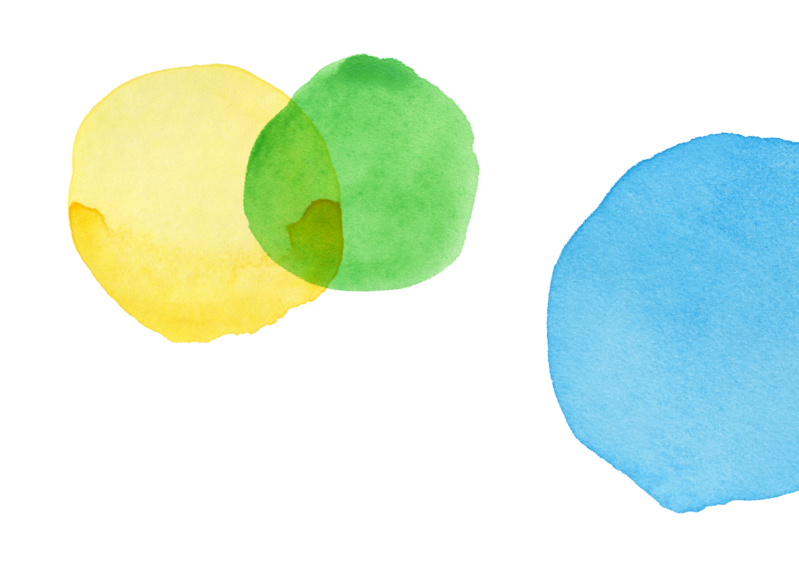Grade 4 - Claim 1 - Target 13

 Back to Results
Back to ResultsEnglish Language Arts
Target 13
Text Structures & Features
Sample Item
Grade 4Test
Claim 1
Reading
Standards
RI-1
Refer to details and examples in a text when explaining what the text says explicitly and when drawing inferences from the text.
RI-5
Describe the overall structure (e.g., chronology, comparison, cause/effect, problem/solution) of events, ideas, concepts, or information in a text or part of a text.
RI-7
Interpret information presented visually, orally, or quantitatively (e.g., in charts, graphs, diagrams, timelines, animations, or interactive elements on Web pages) and explain how the information contributes to an understanding of the text...
Clarifications
Item require students to analyze the structure or features of a text. This could refer to an author’s decisions about the structure of the text (for example, use of sections or chronological order)....
Range Achievement Level Descriptors
Evidence Required
1
The student will determine how the overall structure of a text impacts its meaning.
2
The student will analyze or interpret why the author structured elements within the text in a...
Item Guidelines

Depth of Knowledge
R-DOK2
Level 2 includes the engagement of some mental processing beyond recalling or reproducing a response; it requires both comprehension and subsequent processing of text or portions of text. Intersentence analysis of inference is required. Some important concepts are covered but...
R-DOK3
Deep knowledge becomes more of a focus at Level 3. Students are encouraged to go beyond the text; however, they are still required to show understanding of the ideas in the text. Students may be encouraged to explain, generalize, or...
Allowable Item Types
- Multiple Choice, single correct response
- Multi-Select, multiple correct response
Stimuli
Passages
Texts must be rich with external text structures (i.e., sections, chronology, general passage structure) and internal structures (i.e., introduction, conclusion, presentation of facts or events) in order to support meaningful analysis. Refer to Smarter Balanced Assessment Consortium: English Language Arts &...
Dual-Text Stimuli
When a dual-text set contains one literary and one informational text, the informational text (text #1) is the primary focus, and the set of items must include items from the informational stimulus as well as items written across both texts....
Accessibility
Refer to the Smarter Balanced Assessment Consortium: Usability, Accessibility, and Accommodations Guidelines for information on accessibility.


Task Models
Task Model 1

Item Types
Multiple Choice, single correct responseDepth of Knowledge
R-DOK2, R-DOK3
Target Evidence Statement
The student will determine how the overall structure of a text impacts its meaning.
The student will analyze or interpret why the author structured elements within the text in a certain manner and the impact of that structure on meaning.
Task Description
The item stem will prompt the selection of a statement that requires the student to analyze, interpret, or connect ideas regarding the text structure or features. The answer choices will present four options of similar...
Appropriate Stems
What does the [provide text structure/format/feature/etc.] do to the meaning of the passage OR do to help the reader’s understanding of [provide element affected by structure, such as the structure of the central idea/presentation...
Appropriate Stems for Dual-Stimuli
The author used [provide passage structure/format/feature] in [title text #2] to [provide purpose]. What does that tell the reader about [provide element affected by structure] in [title text #1]? How might have the information in...
Scoring Rules
Correct response: 1 point; Incorrect response: 0 points

